As the nights draw in, and lockdown continues to put our autumnal plans on hold, it’s time to make the most of the unique attractions that are right here on our doorstep in the Jewellery Quarter.
And one of the top activities that we think is perfect for getting the family up and about during the cooler season, Covid-safely of course, are the pavement trails.
Showcasing the history of the Jewellery Quarter, these pavement plates are a fun, educational and free way of uncovering the unique history of the area, sharing a variety of facts on this part of the city.
There are two different sections of the trail; one being the ‘Charm Bracelet Trail’, designed by artists Mick Thacker and Mark Renn, which then leads on to the second part, the ‘Findings Trail’.
The plates found across the Findings Trail were designed by School of Jewellery graduate, Laura Potter, each symbolising a significant symbol from the Jewellery Quarter’s history.
The trail starts with a heart symbol, beginning the journey to the heart of the Jewellery Quarter.
From here, we travel from Newhall Street to Graham Street, discovering key symbols and stories that highlight the eclectic history of the area.
Just a few of our favourite symbols you can discover on the trail include:
Church
The church symbolises our beloved St Paul’s, the only remaining Georgian square in Birmingham.
Slippery road sign
From this plate, you can see what used to be the site of the ‘Russian Mountains’ roller coaster, which stood at this spot on Graham Street in the early nineteenth century.
Riders would be seated on two-seater cars, which raced down the steep slope of Newhall Hill.
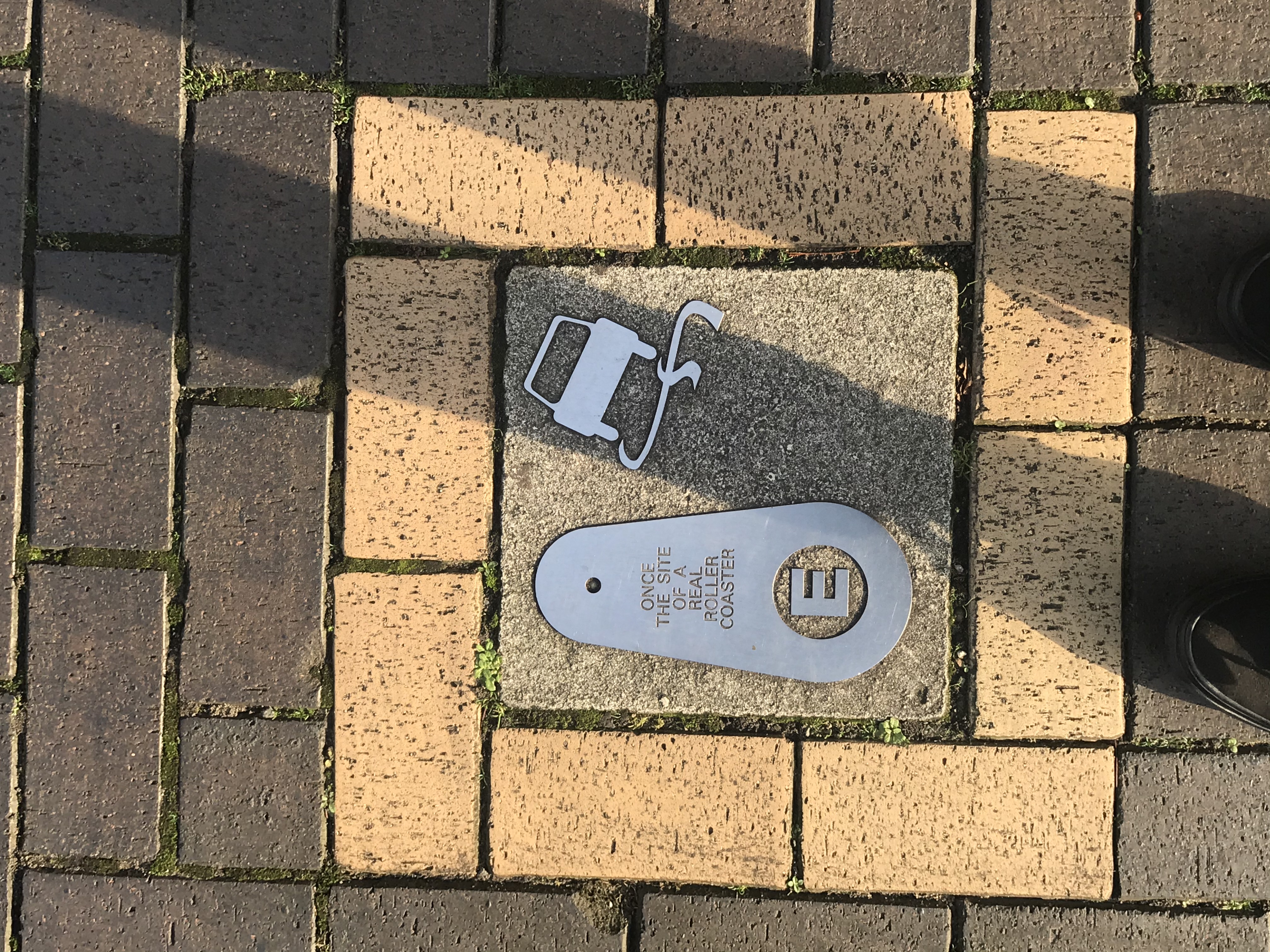
Inkwell
The inkwell can be located outside of Baker and Finnemore, one of the businesses located in the Jewellery Quarter.
The business was famous for the making of pen nibs, a particular trade that was popular in the history of the area.
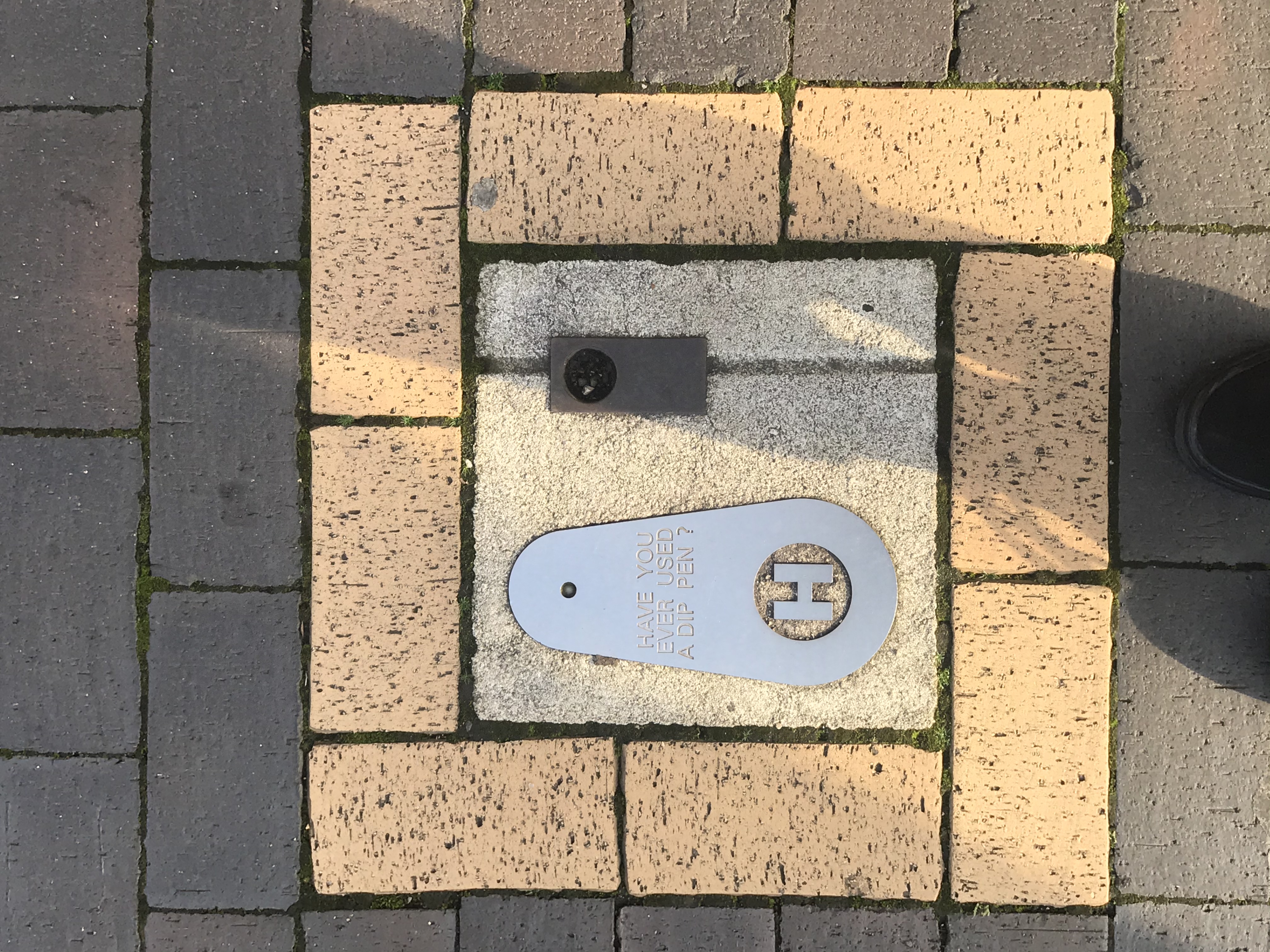
Borax
And we couldn’t not mention a jewellery related plate in our top picks.
The symbol of borax is used to represent its value in the jewellery making process. Borax is ground down to create a base for soldering, which is used in the creation of all types of jewellery products.
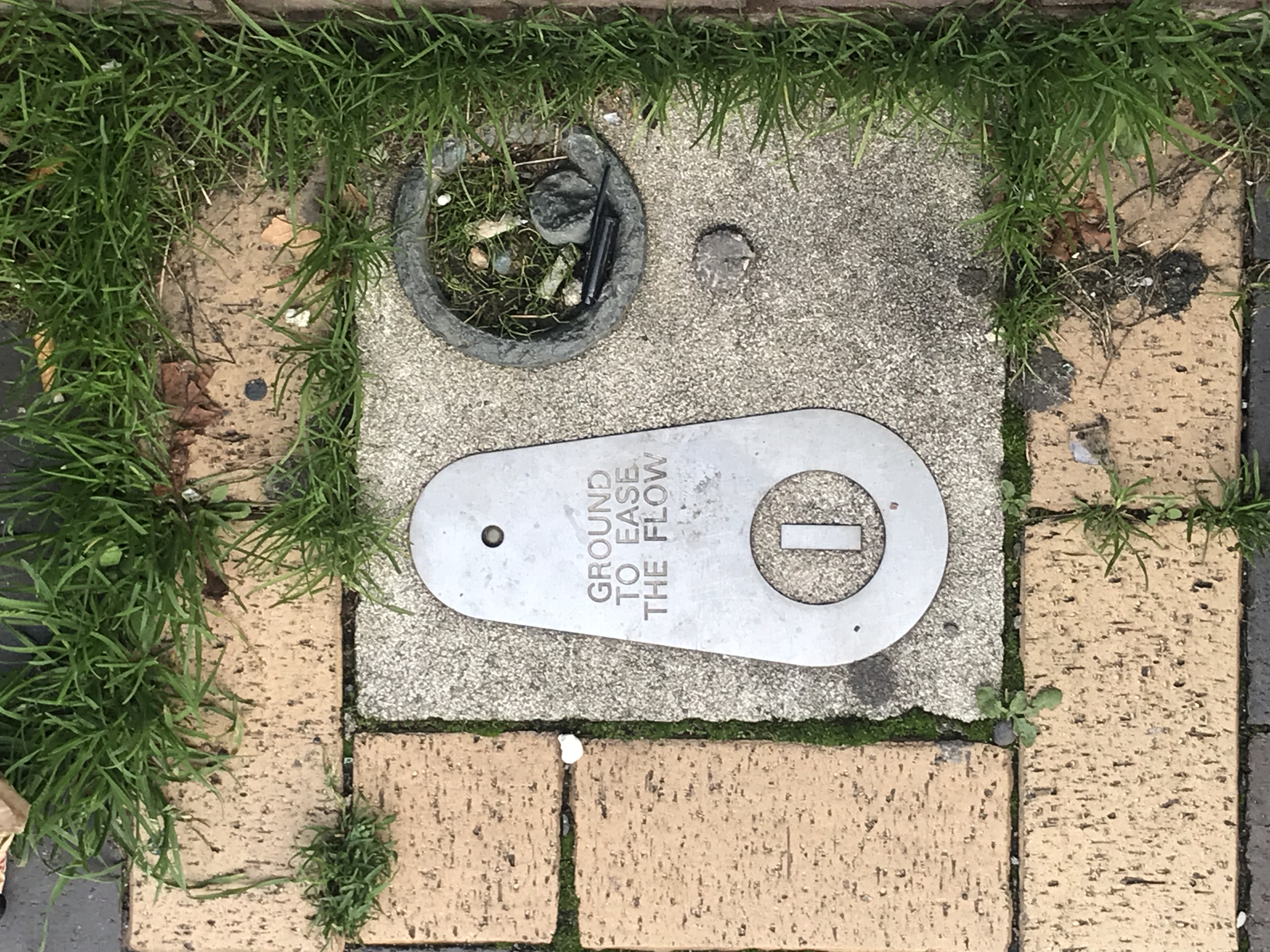
Running man
A common sight throughout the Jewellery Quarter for hundreds of years, the running man represents the number of couriers that would travel across the area as part of its thriving jewellery trade.
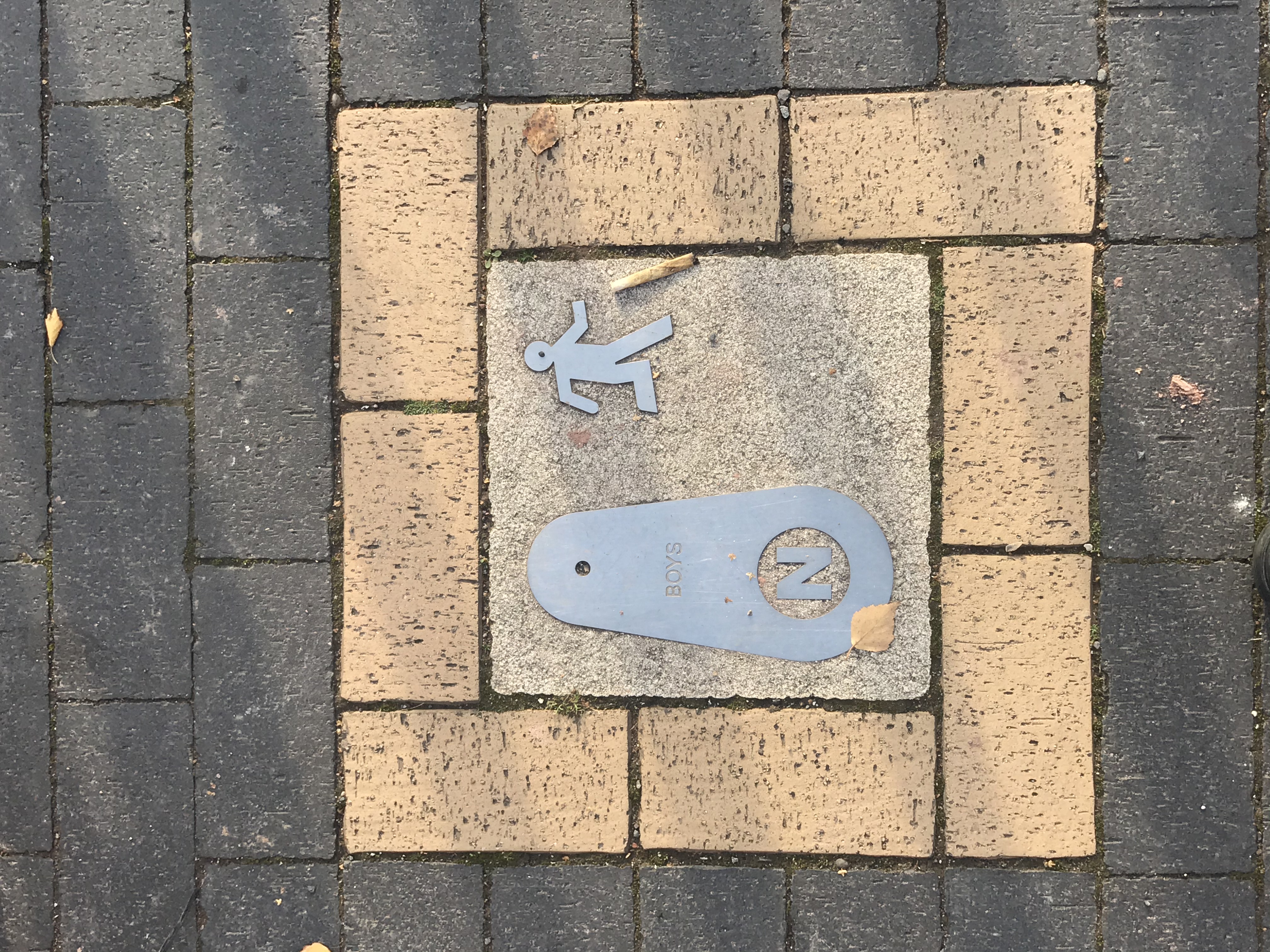
Steel bangle
As a religious symbol, the steel bangle is located near to the Sikh Gurdwara Temple to highlight the spiritual history of the building.
This also symbolises all the people who once occupied the temple including Congregationalists, the Methodists New Connection and the Elim Tabernacle.
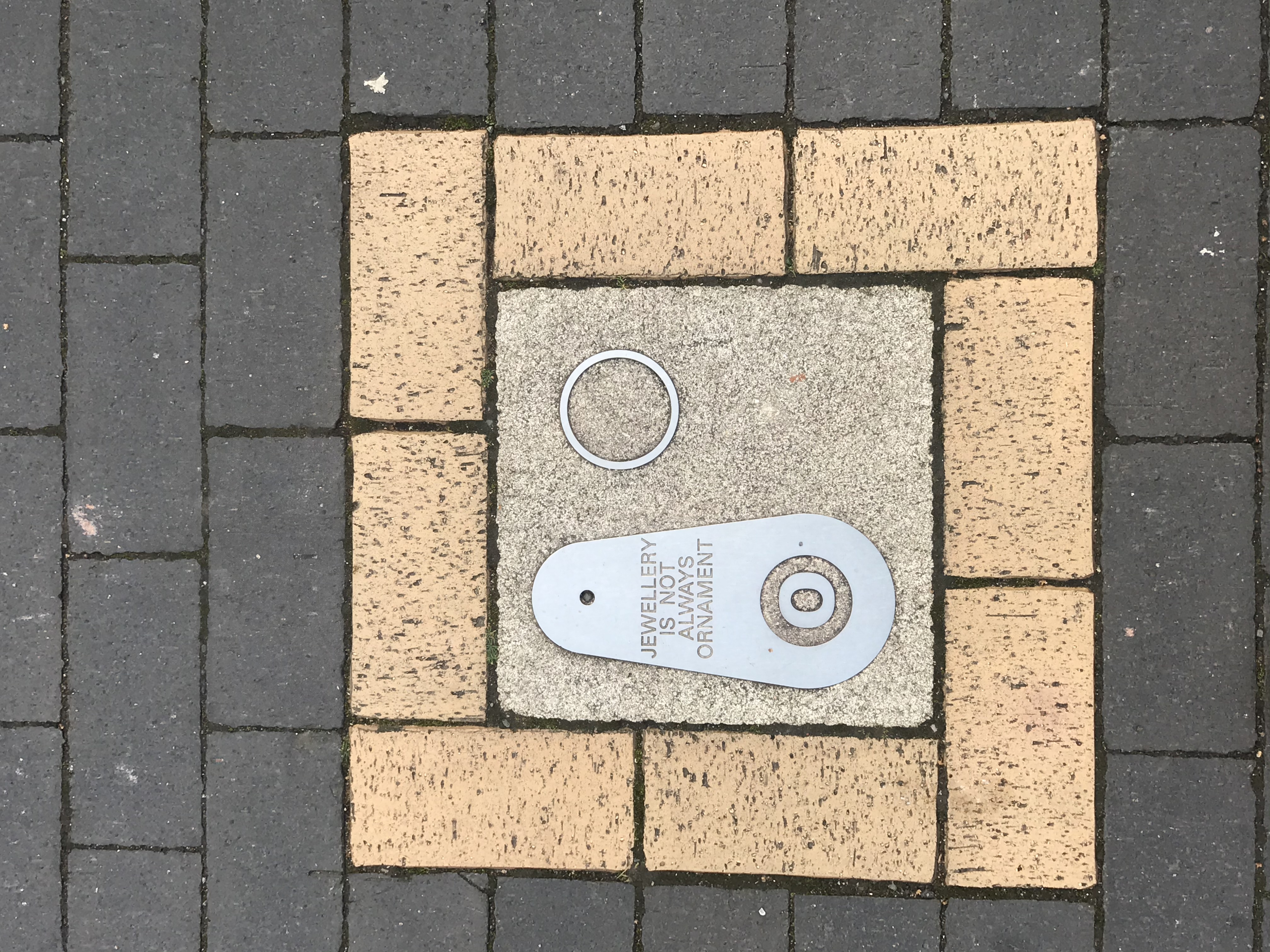
Telephone
When you reach the end of the trail, you see the final plate; the telephone receiver.
This highlights the famous Birmingham phone tower that you will be standing in the shadow of at the last spot.
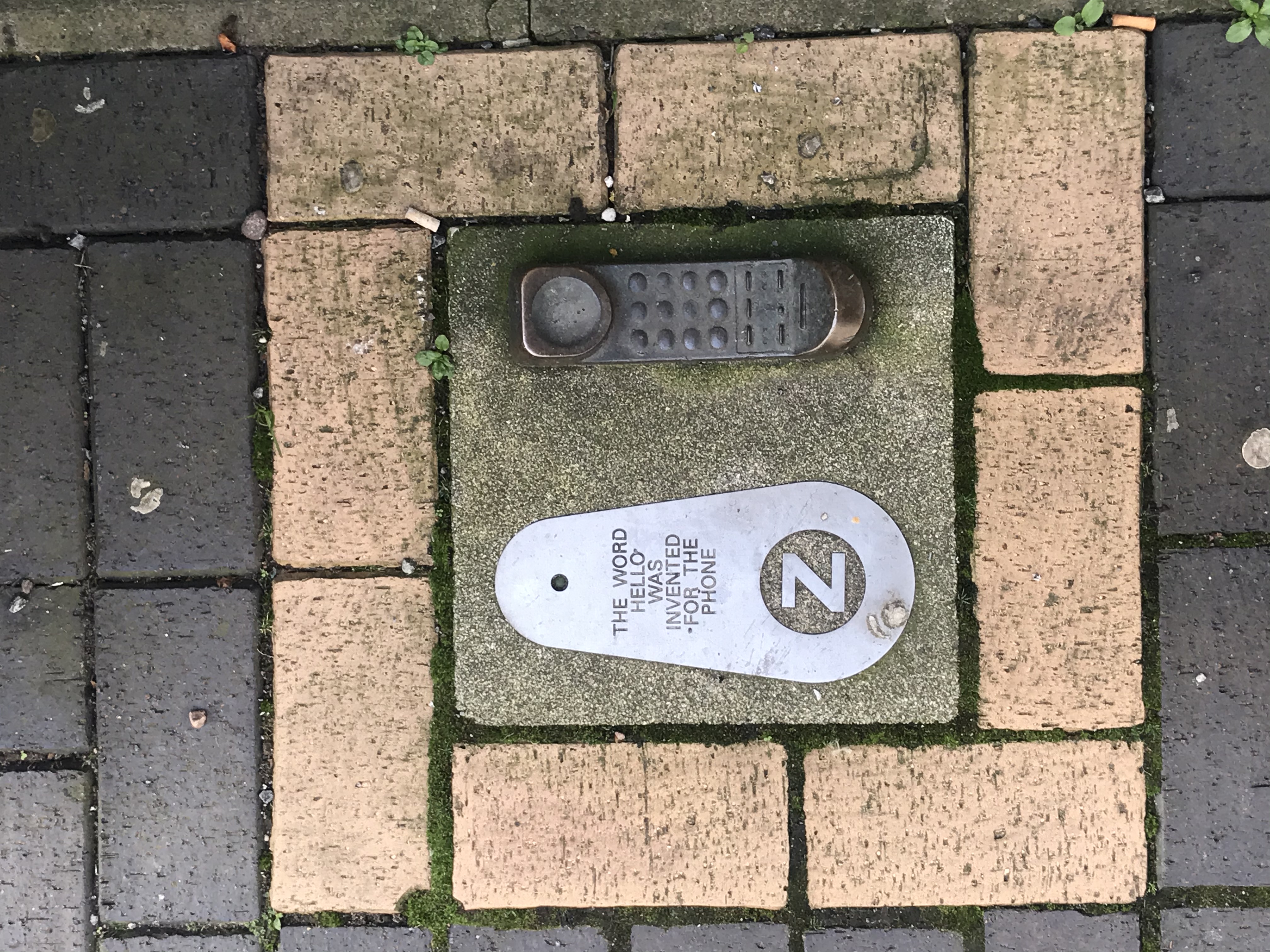
With boredom creeping in as we have to spend more time indoors, why not take the time out on an autumnal weekend to visit the pavement trails, and experience the history and background behind our beloved Jewellery Quarter.
Share your pictures to our Instagram, Facebook or Twitter pages, for a chance to be featured.
